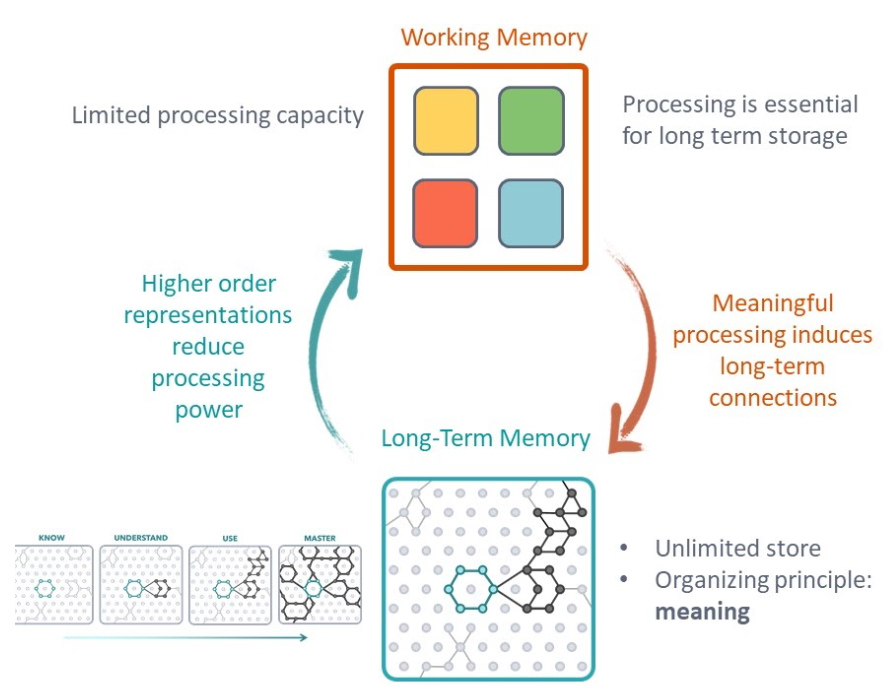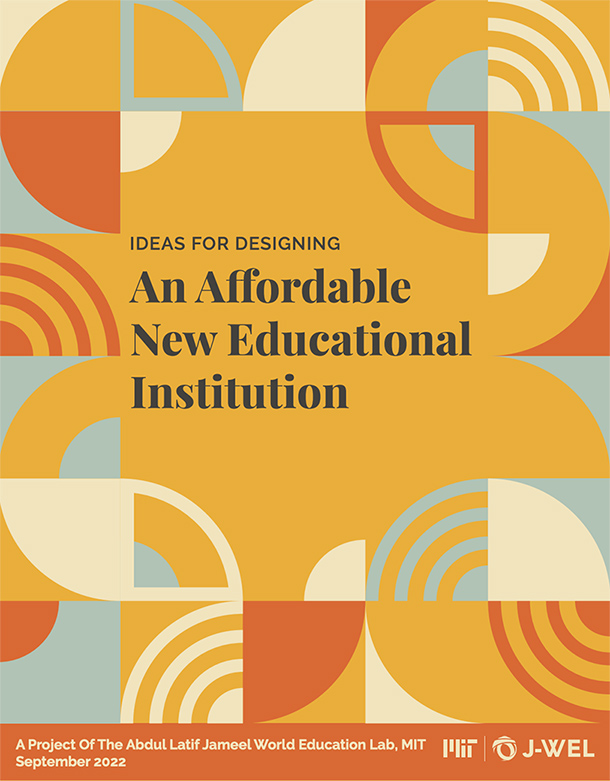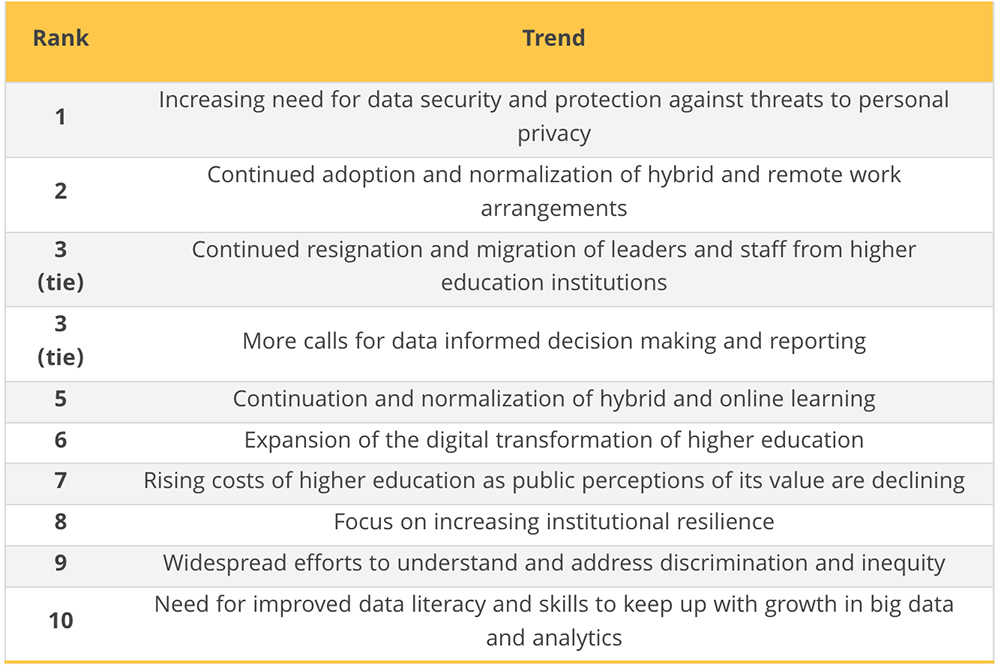How the University of California Strike Could Reshape Higher Education — from news.yahoo.com by Katie Reilly
Excerpts:
“To have this many workers on strike is really something new in higher education,” says Rebecca Givan, an associate professor of labor studies at Rutgers, who is also president of the union for graduate workers and faculty at her university. “The willingness of these workers to bring their campuses to a standstill is demonstrating that the current model of higher education can’t continue, and that the current system really rests on extremely underpaid labor.”
…
The striking workers argue that their current pay makes it challenging to afford housing near their universities, in a state with one of the highest costs of living in the country. Jaime, the Ph.D. candidate, says he makes $27,000 per year as a teaching fellow and pays $1,200 in monthly rent for an apartment he shares with two roommates. (Median rent in the Los Angeles metropolitan area is about $3,000, according to Realtor.com.) “We are the ones who do the majority of teaching and research,” he says. “But nevertheless, the university doesn’t pay us enough to live where we work.”
Also relevant/see:
Hundreds of UC Faculty Members Stop Teaching as Strike Continues — from chronicle.com by Grace Mayer
Excerpt:
The strike is shining a spotlight on a longstanding problem within higher education: Today, tenured, full-time faculty members make up a smaller percentage of university employees than they did 50 years ago, in part due to the financial pressures facing universities amid funding cuts. The proportion of other university employees, who receive less job security and lower pay, “has grown tremendously,” says Tim Cain, an associate professor at the University of Georgia’s Institute of Higher Education, who studies campus activism and unionization.
“There’s such stratification between the tenured full professor and a graduate student employee or a postdoc or a tutor,” says Cain. “They’re doing a great deal of the work, and the work that they’re doing in the classroom is often very similar to the work of others who are getting paid substantially more.”
Speaking of schools in California, also see:
- UC Berkeley agrees to make online content accessible to settle Justice Department lawsuit — from highereddive.com by Natalie Schwartz















